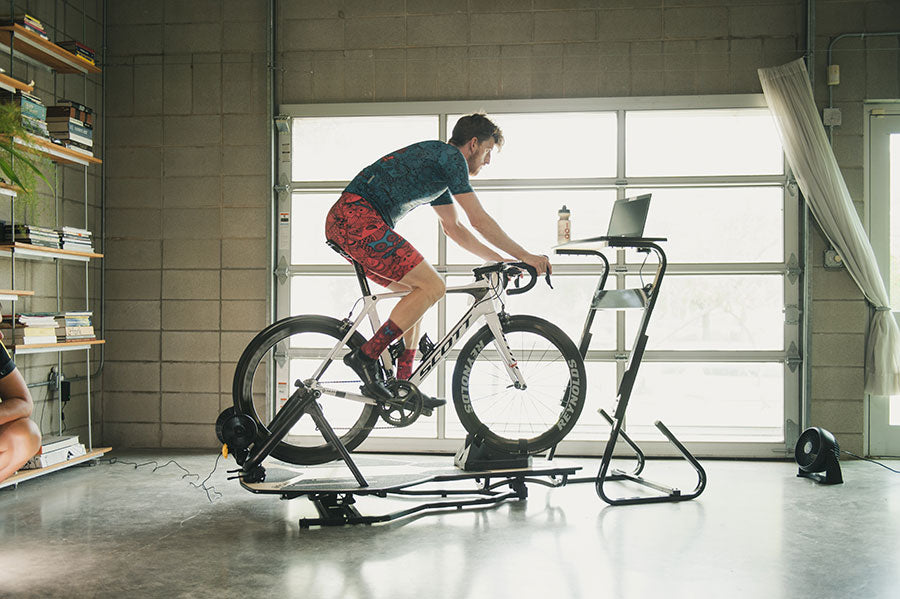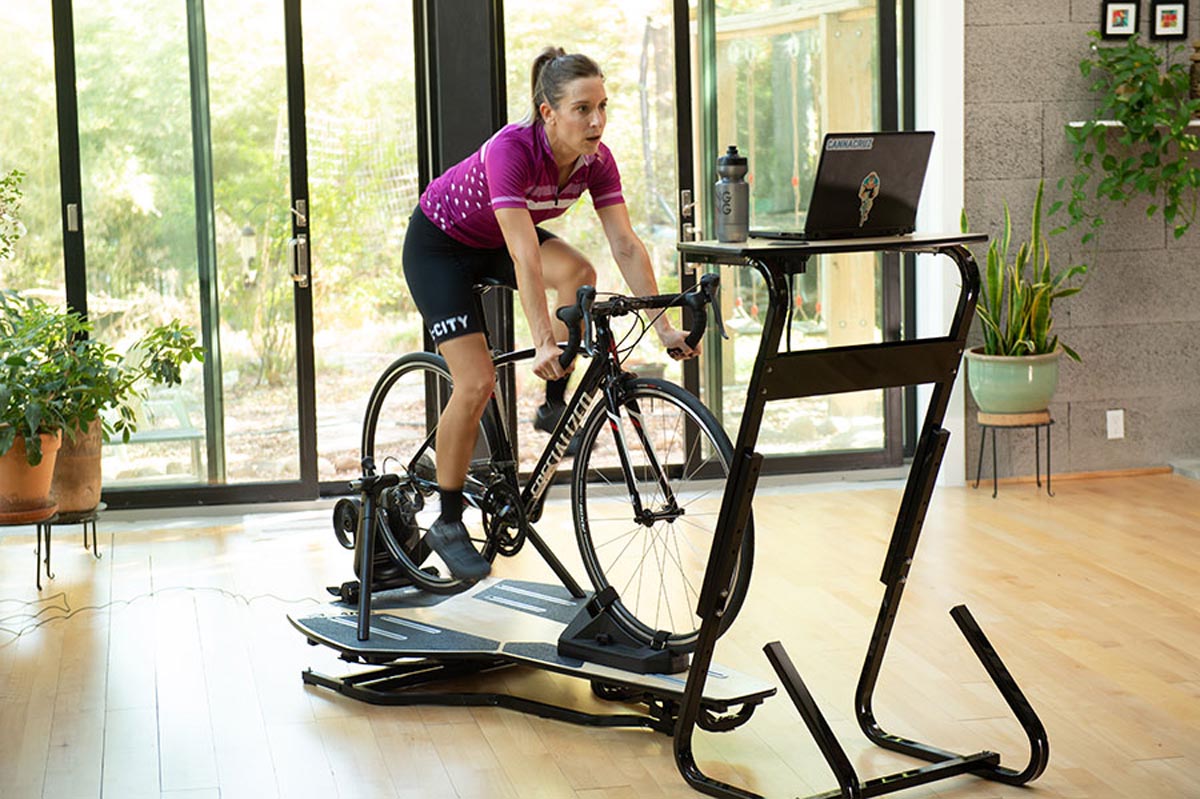One of the best features of a smart trainer is their ability to provide power numbers. And when it comes to power, nothing is more important than accuracy.
With a smart trainer, the heart of power accuracy lay in calibration. This calibration process is especially important with smart trainers that have a tire-to-roller interface, also known as a wheel-on trainer. The Magnus is an example of this type of smart trainer.
Since each bike set-up is different, each bike needs to be calibrated with a smart wheel-on trainer to ensure the best possible accuracy. This is because no two bike set-ups are the same as each uses different tires, rims and recommended tire pressures, all of which play a role in dictating the rolling resistance measured by the trainer.
It’s this varied rolling resistance that the roll-down calibration is measuring and accounting for when calculating power readings, or wattage. Since rolling resistance can change from session-to-session, or even within the same ride, we recommend performing a calibration as frequently as you wish to keep your power numbers as accurate as possible.
You may notice that this recommended calibration protocol is for wheel-on smart trainers only. This is because direct drive smart trainers do not need to be calibrated as often as wheel-on trainers, as there is no tire-to-roller interface. The direct drive design reduces the variability in rolling resistance from ride-to-ride.
When it comes to calibration your wheel-on smart bike trainer, there are two ways to go about this important process.
1) Cold Calibration
Traditionally calibrating a smart trainer is done at the beginning of a ride. This calibration often happens prior to when the trainer and bike are "warmed-up." When performing a calibration before the bike and trainer are warm, the cold calibration will be unable to account for the decrease in rolling resistance from the start of the ride when the equipment is cold to when it’s been warmed-up.
With this variance in equipment temperature, the rider may not be experiencing peak accuracy from their smart trainer. The old way of accounting for this was to ensure that a warm-up was done on the trainer before performing the calibration, and then begin the ride/workout.
Well, things just got a little bit easier.
2) Hot Calibration
In the latest version of Rouvy, they introduced a little something called "Hot Calibration." The steps for completing Hot Calibration are the same as the Cold Calibration.
To hot calibrate a smart trainer, an on-screen Hot Calibration notification will appear after an optimal warm-up time of seven minutes. If the rider choses to perform the Hot Calibration, the ride/workout will automatically pause to allow for the hot calibration process, and will then automatically resume exactly where the rider left off.
While a cold calibration is a great start, the hot calibration will improve accuracy even more – which is why VirtualTraining gives riders the ability to do multiple hot calibrations throughout a ride or workout if they so choose.
In short: hot calibration is a simple step that will help keep your wheel-on smart trainer as accurate as possible.
